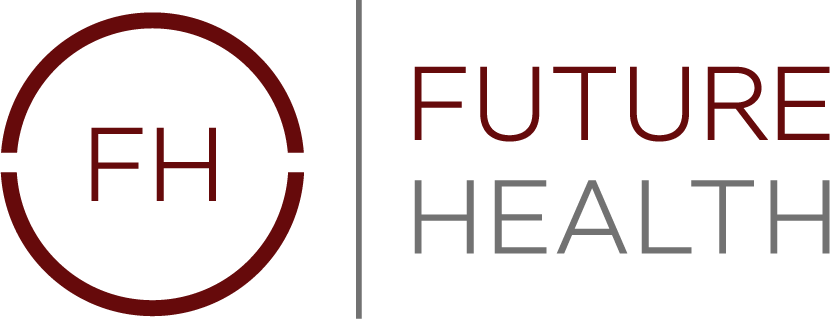New research reveals variation in adult vaccination rates and fall in flu vaccinations
A new report from health policy research centre, Future Health (Vaccine Report FINAL DESIGN) reveals that vaccination rates for a number of major adult programmes are lowest in London and the West Midlands with little sign that rates are improving and that variations in uptake across England are closing.
The analysis covering four major adult vaccination programmes – COVID-19, flu, pneumococcal disease (PD) and shingles – finds that the gap between the highest and lowest regional uptakes rates for individual vaccination programmes ranges from 10% to over 20%. The variations recorded for each programme are:
- COVID-19 – 20.6% gap between the NHS Integrated Care Board (ICB) with the highest and lowest vaccine uptake rate
- Seasonal flu- 17.8% gap between the ICB with the highest and lowest vaccine uptake rate
- PD – 9.6% gap between the ICB with the highest and lowest vaccine uptake rate
- Shingles – 12.3% gap between the ICB with the highest and lowest vaccine uptake rate
There are significant regional variations when looking across all four programmes.
All five London ICBs are in the bottom 10 for adult vaccination uptake. North Central London ICB is the lowest ranked. Eight of the bottom ten ICBs are based in and around major cities: the five London ICBs, plus the two Birmingham ICBs and Greater Manchester ICB. The other ICBs with overall rankings in the bottom ten are Northamptonshire ICB and Mid and South Essex ICB.
By contrast four of the top ten ICBs for uptake are in the South West (Gloucestershire ICB, Bath, North East Somerset, Swindon and Wiltshire ICB, Bristol, North Somerset and South Gloucestershire ICB and Dorset ICB), with Gloucestershire ICB ranked as the best overall. There are three ICBs in the South East (Hampshire and Isle of Wight ICB, Buckinghamshire, Oxfordshire and West Berkshire ICB and Frimley ICB), two ICBs in the Midlands (Derby and Derbyshire ICB, Herefordshire and Worcestershire ICB) and one in the North East and Yorkshire (North East and North Cumbria ICB). There are no ICBs in the top 10 from London and the North West.
The research published today and commissioned by Pfizer reveals the scale of the challenge facing the NHS in reducing variations in the uptake of vaccinations across a range of critical vaccination programmes.
This regional variation reflects the findings from previous research from Future Health undertaken in 2021-2022, pointing to ongoing challenges for the NHS in making progress in closing this regional variation.
The following table ranks each ICB on their combined adult vaccination uptake across the four programmes.
Table 1: ICB adult vaccination uptake (1 – highest average uptake rates, 42 – lowest average uptake rates)
| ICB | Rank | ICB | Rank |
| Gloucestershire | 1 | Shropshire, Telford and Wrekin | 22 |
| Bath and North East Somerset, Swindon and Wiltshire | 2 | South Yorkshire | 23 |
| Derby and Derbyshire | 3 | Bedfordshire, Luton and Milton Keynes | 24 |
| Hampshire and Isle of Wight | 4 | Cheshire and Merseyside | 25 |
| Bristol, North Somerset and South Gloucestershire | 5 | Staffordshire and Stoke-on-Trent | 26 |
| Buckinghamshire, Oxfordshire and Berkshire West | 6 | Surrey Heartlands | 27 |
| Herefordshire and Worcestershire | 7 | Hertfordshire and West Essex | 28 |
| North East and North Cumbria | 8 | Cornwall and The Isles of Scilly | 29 |
| Dorset | 9 | Leicester, Leicestershire and Rutland | 30 |
| Frimley | 10 | Kent and Medway | 31 |
| Cambridgeshire and Peterborough | 11 | Lancashire and South Cumbria | 32 |
| Suffolk and North East Essex | 12 | Greater Manchester | 33 |
| Humber and North Yorkshire | 13 | Northamptonshire | 34 |
| Nottingham and Nottinghamshire | 14 | Mid and South Essex | 35 |
| Norfolk and Waveney | 15 | South West London | 36 |
| Coventry and Warwickshire | 16 | Birmingham and Solihull | 37 |
| Devon | 17 | Black Country | 38 |
| West Yorkshire | 18 | North East London | 39 |
| Lincolnshire | 19 | North West London | 40 |
| Somerset | 20 | South East London | 41 |
| Sussex | 21 | North Central London | 42 |
The report finds that if ICBs with below average vaccination rates could reach the average rate for each of the four programmes analysed over 900,000 extra people would be vaccinated. Getting to this level of vaccination uptake would help reduce hospitalisations and health service pressures as well as having wider economic benefits through reductions in sick days. The research estimates that previous programmes for COVID-19 and flu have delivered hundreds of millions of pounds in combined health system and economic benefits.
The research is launched as the new NHS flu vaccination programme begins this autumn. Further analysis by Future Health has revealed an alarming drop in the numbers of people receiving flu vaccinations in the last year. The analysis finds that:
- Flu vaccination rates fell in every single region of England from 2022-2023 to 2023-2024
- The highest flu vaccination rate of 83.5% of eligible adults over 65 was recorded in Gloucestershire
- London has the lowest vaccination rates, with just 64.4% of eligible adults over 65 being vaccinated
- All five London Integrated Care Boards recorded the lowest rates of flu vaccination nationally
- The biggest drop in vaccination rates was 3.2% recorded in Cornwall and Isles of Scilly. Falls of over 3% were also recorded in Dorset, Shropshire, North West London and West Yorkshire
- The drop in vaccinations saw over 230,000 fewer people being vaccinated against flu in 2023-2024 than if the previous year’s vaccination rates had been maintained
- Seven Integrated Care Boards are failing to meet World Health Organisation targets for having 75% of eligible adults over 65 vaccinated against flu
The report has been covered by the Daily Mail: https://www.dailymail.co.uk/health/article-13802675/Britons-flu-jab-autumn-uptake-fell-area-England.html
Report author, Future Health Programme Director, Richard Sloggett, a former Special Adviser at the Department of Health and Social Care said: ‘Despite the success of the COVID-19 vaccine programme, this research shows that variations in vaccination remain a serious and stubborn challenge for the NHS. As the new Government gears up for what promises to be a challenging winter it needs to be setting robust targets and focusing resources on reducing the gaps in uptake within programmes and between different regions.
More widely the Government needs to be more ambitious on vaccination. This means putting vaccination at the heart of its health reform agenda and supporting a shift to prevention. Vaccinations can deliver a triple win, of improved health outcomes, reduced pressures on the NHS and economic growth.”


